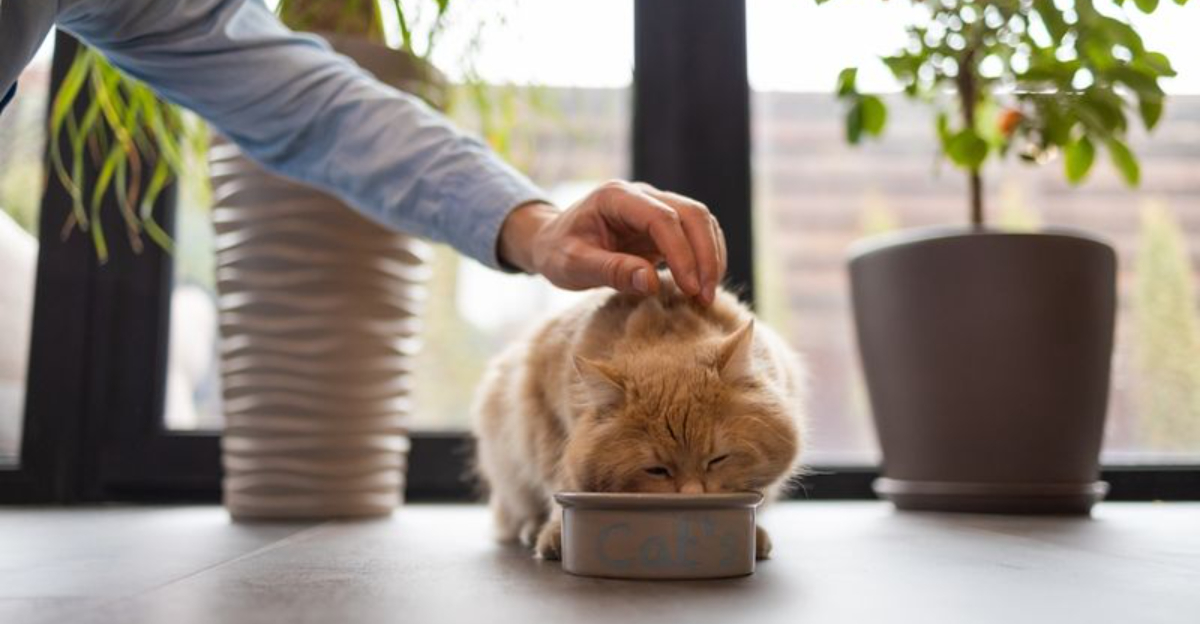📖 Table of Content:
Acid reflux, also known as gastroesophageal reflux disease (GERD), is a condition affecting many cats, causing discomfort and potential health issues. This guide explores the symptoms, causes, and treatments of acid reflux in cats, providing essential insights for cat owners seeking to understand and manage this condition.
1. Symptoms of Acid Reflux
A cat may exhibit various signs when struggling with acid reflux. You might notice frequent regurgitation of undigested food. Excessive drooling or visible discomfort while swallowing are also common indicators. These symptoms often lead to decreased appetite, causing noticeable weight loss. At times, a cat might experience coughing or gagging due to the irritation. Increased swallowing motions can also signal this condition, often accompanied by signs of general discomfort. It’s crucial to discern these symptoms, as they can easily be mistaken for other ailments, complicating the diagnosis process for pet owners.
2. Causes of Acid Reflux
The reasons behind acid reflux in cats are diverse. Anesthesia during surgical procedures can relax the esophageal sphincter, leading to backflow of stomach acids. A hiatal hernia, where part of the stomach protrudes into the chest cavity, is another cause. Chronic vomiting or specific dietary choices like high-fat foods can exacerbate the condition. Obesity increases stomach pressure, weakening the esophageal sphincter over time. Certain medications might also irritate the stomach lining, contributing to acid reflux. Understanding these causes helps in managing and preventing the condition effectively.
3. Diagnosing Acid Reflux
Diagnosing acid reflux in cats involves a combination of methods. A thorough physical examination is the first step, checking for any signs of discomfort or underlying conditions. Endoscopy is often employed, allowing veterinarians to visualize inflammation or damage directly within the esophagus. Imaging techniques like X-rays or ultrasounds help rule out other potential issues. Laboratory tests, including blood work, provide insights into the cat’s overall health and identify any contributing factors. These diagnostic approaches are vital in ensuring accurate identification and subsequent treatment of acid reflux.
4. Treatments for Acid Reflux
Treatment options for acid reflux in cats are varied and tailored to individual needs. Dietary adjustments play a significant role; feeding small, frequent meals helps reduce stomach acid production. Medications like proton pump inhibitors or prokinetic agents can be prescribed to manage acid levels and enhance gastric emptying. In severe cases involving anatomical abnormalities, surgical intervention may be necessary. Mucosal protectants are often used to shield the esophageal lining from further damage. These treatments, combined with regular veterinary consultation, help manage and alleviate symptoms effectively.
5. Managing and Preventing Acid Reflux
Preventing and managing acid reflux in cats requires a proactive approach. Maintaining a healthy weight through a balanced diet is essential, as obesity can worsen reflux symptoms. Creating a stress-free environment at home helps minimize stress-related episodes. Regular veterinary check-ups ensure ongoing assessment and adjustment of treatment plans. Monitoring any changes in behavior or eating habits is crucial for early detection. By addressing these aspects, cat owners can significantly reduce the risk of acid reflux, ensuring their pets lead comfortable, healthy lives.





